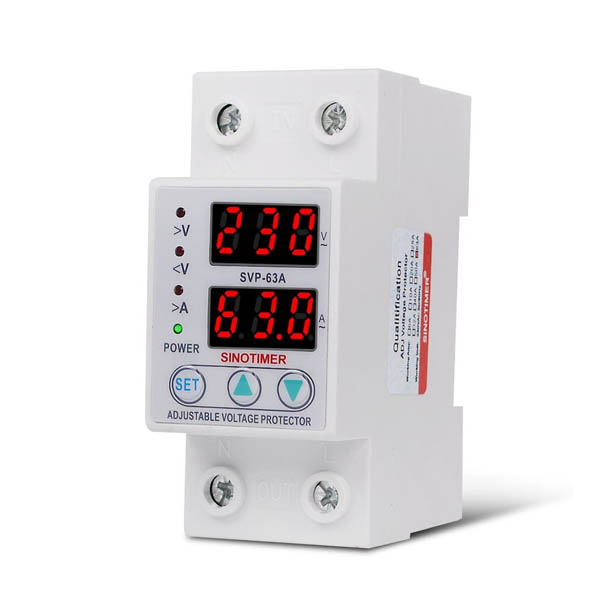There are situations when the voltage increases above normal level in the circuit due to some problems which can lead to damage to appliances.
Low voltage happens when the power supply is 120 volts and below which the appliances can’t make use of it.
You need to know how to deal with both over and under voltage when they happen.
OVERVOLTAGE:
There are two types of overvoltage which is
- INTERNAL voltage is also can also be subdivided into switching and temporary overvoltage. Switching overvoltage is caused when there is a fault in the wiring of the switches. While temporary overvoltage includes resonance overvoltage and power-frequency overvoltage.
- EXTERNAL voltage is caused by external factors such as lightning.
PROTECTION AGAINST OVERVOLTAGE
- Voltage clamping is a technique used to protect against overvoltage. This can be achieved by using a Zener diode placed across the output of the regulated power supply
- Voltage limiting; Often this can be achieved by sensing the over-voltage condition and shutting down the converter. This is particularly applicable in the case of DC-DC converters. When implementing this, it is necessary to incorporate a sense loop that is outside the main IC regulator – many switch-mode regulators and DC-DC converters use a chip to achieve the majority of the circuit.
- SCR Crowbar; as the name implies the crowbar circuit places a short circuit across the output of the power supply if an over-voltage condition is experienced. SCRs are used for this as they can switch large currents and remain on until any charge has dispersed.
PROTECTION AGAINST LOW-VOLTAGE
Sticking to best practices will save your appliances from the effects of low voltage.
- When you overload a circuit, it draws a lot of electricity than the circuit can handle. When this happens, it makes the power supply trip or reduces power.
- Make sure the wiring is upgraded to a more recent wiring technology so as to be able to handle the power flow.
- Appliances should not be left plugged in when they are not in use.
For more information or assistance during normal business hours, call or e-mail TPS at the phone number above. You can also complete and submit our Service Project Inquiry form.

